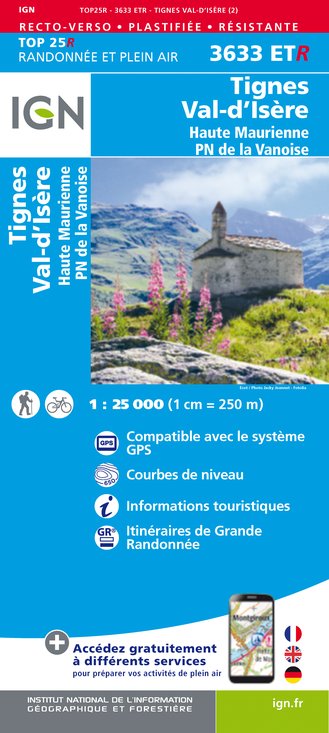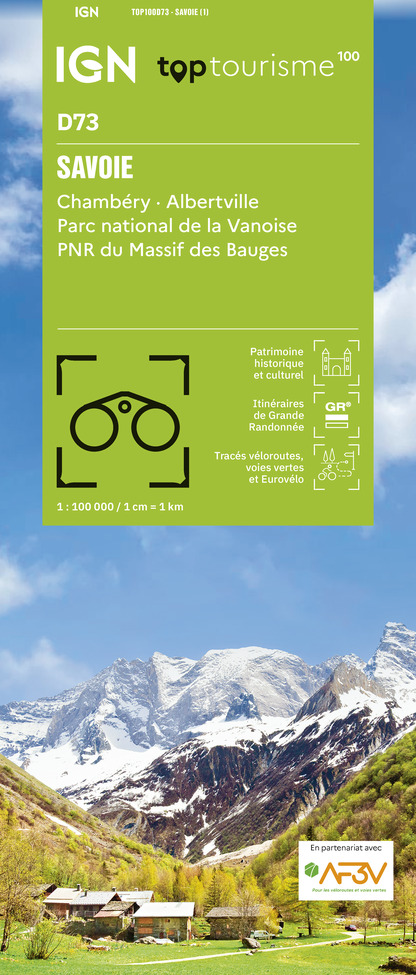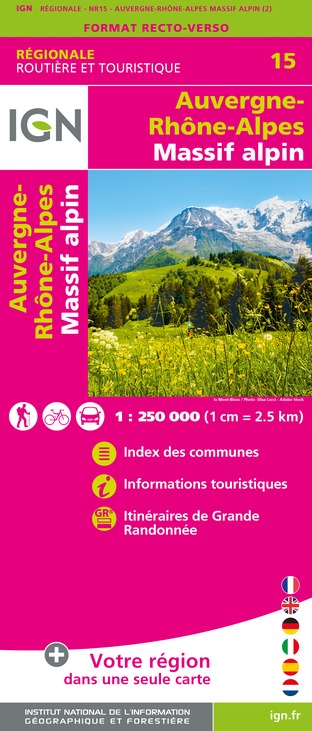Allarme
Allarmi
Col de la Bailletta da Fornet

IGN Carte









Descrizione
Un´escursione a ritmo sostenuto, tutta in salita, che vi premierà all´arrivo con un paesaggio esclusivo.
"Dalla stazione di partenza della teleferica del Fornet, scendete lungo la RD 902 per circa 150 m. Imboccate l´unica strada asfaltata, una salita ripida alla vostra destra. Dopo aver superato la ""tourne"" (collinetta seguita da un fossato), prendete il sentiero a destra. Ad ogni incrocio, state sempre sulla sinistra fino al Col de la Bailletta. Il sentiero presenta un profilo pianeggiante-ascendente. Dopo la traversata del villaggio (circa 1 km), l´inclinazione si accentua fra l´ingresso nella riserva naturale (ruscello Rouvines) e la prima piana del Couart di sotto (850 m). Il sentiero si snoda fino al secondo altipiano di Couart, sopra di voi. Poi attraversa un ghiaione fino al Col de la Bailletta: seguite gli ometti di pietre in caso di innevamento tardivo. Per il vostro pic-nic, potete scendere verso il lago della Bailletta, perché il colle è spesso ventilato..."
Informazioni tecniche
Profilo altimetrico
Punto di partenza
Punti di interesse
Informazioni aggiuntive
Trasporto pubblico
"Collegamento ferroviario fino a Bourg-Saint-Maurice. Informazioni: www.voyages-sncf.compoi trasporto in autobus fino al capoluogo Val d´Isère. Informazioni: www.transavoie.comservizio navetta gratuito fra i villaggi della Val d´Isère, incluso Fornet."
Consigli
Munirsi di acqua sufficiente per la giornata (non ci sono fonti d´acqua). Portare cappello, occhiali da sole e protezione solare perché il sole è molto forte nelle giornate estive. Gli orari più indicati per chi desidera osservare la grande fauna sono presto la mattina o tardi la sera. Siete pregati di rispettare il regolamento della riserva naturale.
Parcheggio consigliato
Villaggio di Fornet
Accesso
Valle dell´Isère, continuate sulla RD 902 verso il colle dell´Iseran e parcheggiate al villaggio di Fornet.
Arrivo
Parcheggio, villaggio di Fornet
Atmosfera
Un sentiero che bisogna meritarsi alla scoperta della Riserva nazionale della Baillettaz. Se siete buoni osservatori e avete un pizzico di fortuna, potrete vedere da vicino, senza disturbarlo, il re delle montagne, lo stambecco delle Alpi!
Partenza
Parcheggio, villaggio di Fornet
Autore dei dati












